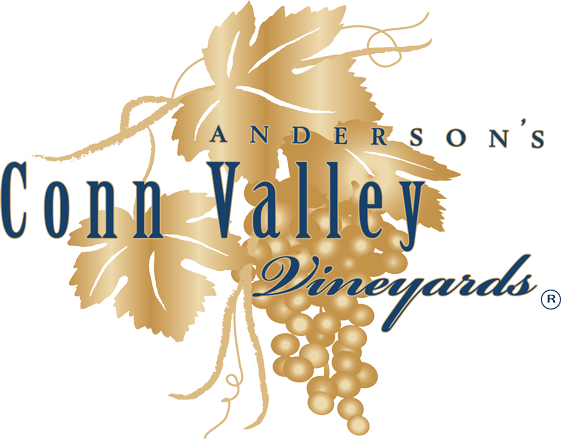Knowing Where the Aromas Come From
Wine club wine tasting
One thing you might hear about at a wine tasting held by a wine club is the aroma wheel developed by winefolly.com. Unlike the traditional Wine Aroma Wheel created by Ann C. Noble, this one classifies aromas (and flavors) according to the point in the winemaking process that gives rise to them.
Primary aromas come from the grape itself, or from its terroir. Most of the variety of possibilities comes from this. The categories are flower, citrus, tree fruit, tropical fruit (for some reason, bubblegum is classified here as a tropical fruit), red fruit, black fruit, dried fruit, spice, vegetable, earth, and a category called “noble rot” which includes beeswax, ginger and honey. (Tomato is listed under “vegetable” rather than “red fruit,” which is certain to set some people’s teeth on edge.)
Secondary aromas come from the fermentation process. The only category in it is “microbial,” which sounds dreadful until you remember that microbes give us wine, beer, bread and cheese. The secondary, microbial aromas/flavors are mushroom, truffle, lager, sourdough, cream and butter.
Tertiary aromas come from the aging process, and are only found in old wine. The categories are general aging and oak aging, and include such classic aromas as cigar box, smoke, leather and vanilla.
Finally, there are the faults. These aromas aren’t always considered to be a bad thing — some wines are considered to be the better for having a touch of farmyard about them. Usually, however, they make the wine less popular. This is especially true of the infamous cork taint.
Wine tasting at a vineyard just outside St. Helena
Anderson’s Conn Valley Vineyards in Napa Valley, a 10-minute drive from downtown St. Helena, holds tastings in its barrel caves, where visitors can sample current releases and library wines and learn about the process of making and storing the wine. Cave tastings are $65, but one tasting fee can be waived by joining their wine club or making a $100 purchase.
The 2010 Signature Vintage Cabernet Sauvignon, a deep purple wine with a slight red edge that comes from the best two barrels of the vintage, has an aroma worth a lot of description. It begins with a strong cassis, with streaks of blackberry, plum, blueberry and red berries and highlights of crushed roses, blue flowers and anise. The oak adds elements of smoke and tar to the bouquet. The palate of the ’10 Signature is similar to the aroma, with the taste of black, blue and red fruits, licorice, anise, tobacco, smoke, rosehips, and violets. This is a wine that deserves to be kept and allowed to age, and is a showpiece for the skill of the Anderson’s Conn Valley winemaking team.
Anderson’s wines are sold online and in five locations in Napa Valley, and many other locations nationwide. Join their wine club today and schedule a tasting.

